
How was this made?
First, we took the text of your happy moment:
I decided to stop drinking coffee and started to get really into green tea. I discovered how much I love green matcha powder! Now I look forward to tea every morning.
Identify Entities and Syntax
- What it is:
- We take that text and run it through the Google Cloud Natural Language API. This provides a variety of natural language analysis, including the identification of entities ordered by salience (or importance) and a wide variety of parts of speech.
- What we do with it:
- We extract the "entities" and syntax to search for images. Entities are the nouns that are identified by Google's API. We are also provided syntax analysis of all the content, and from that we link verbs to nouns to make better image searches.
I decided to stop drinking coffee1 and started to get really into green tea3 2 . I discovered how much I love green matcha powder4 ! Now I look forward to tea3 every morning.
Entity
Salience
Entity Type
1.coffee Other 2.green tea Other 3.tea Other 4.matcha powder Consumer GoodWe link nouns and verbs together to return better image search results. For instance, we create the entity group "ride horse" instead of just the entity "horse". Something to keep in mind is the image search results are only as strong as the images available. In this case, we're querying Unsplash, a free, crowd-sourced database of photographs.


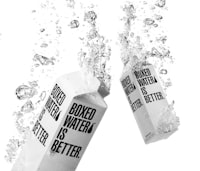


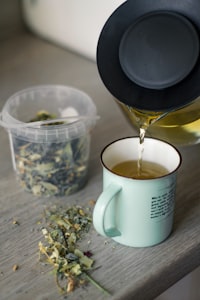
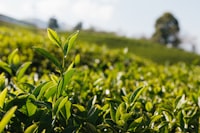
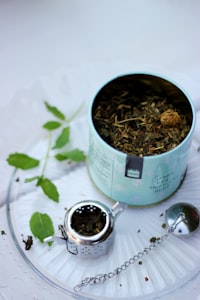


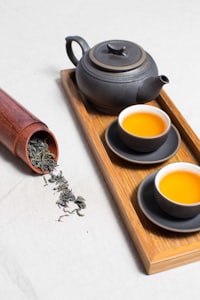
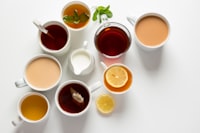




Determine Sentiment
- What it is:
- Sentiment analysis identifies the leading emotional opinion, which can be used to determine the attitude as positive, negative, or neutral.
- What we do with it:
- Adjust the saturation of images. Images with a more positive sentiment will be more saturated, conversely we desaturate more negative sentiment.
Sentiment Score: 0.6 (Positive)
-1.0 to -0.25
-0.25 to 0.25
0.25 to 1.0
0.6
Categorize
- What it is:
- AutoML is an API platform provided by Google to create custom machine learning models. You simply upload data, categorize representative parts of the data, and Google will process the data and allow evaluation on any arbitrary input to match to your data labels.
- What we do with it:
- We have created a model that uses nearly 20,000 categorized happy moments taken from users online to evaluate your moment into one of the seven different categories. We have assigned Instagram-like filters to each category so that all happy moments from each category share a similar look.
This moment's category relevance
Enjoy the Moment 😂
82.4%
Leisure 😊
11.4%
Achievement 🙌
4.9%
Bonding 👪
1%
Affection 💕
0.2%
Nature 🌲
0.2%
Exercise 🚴♀️
0%
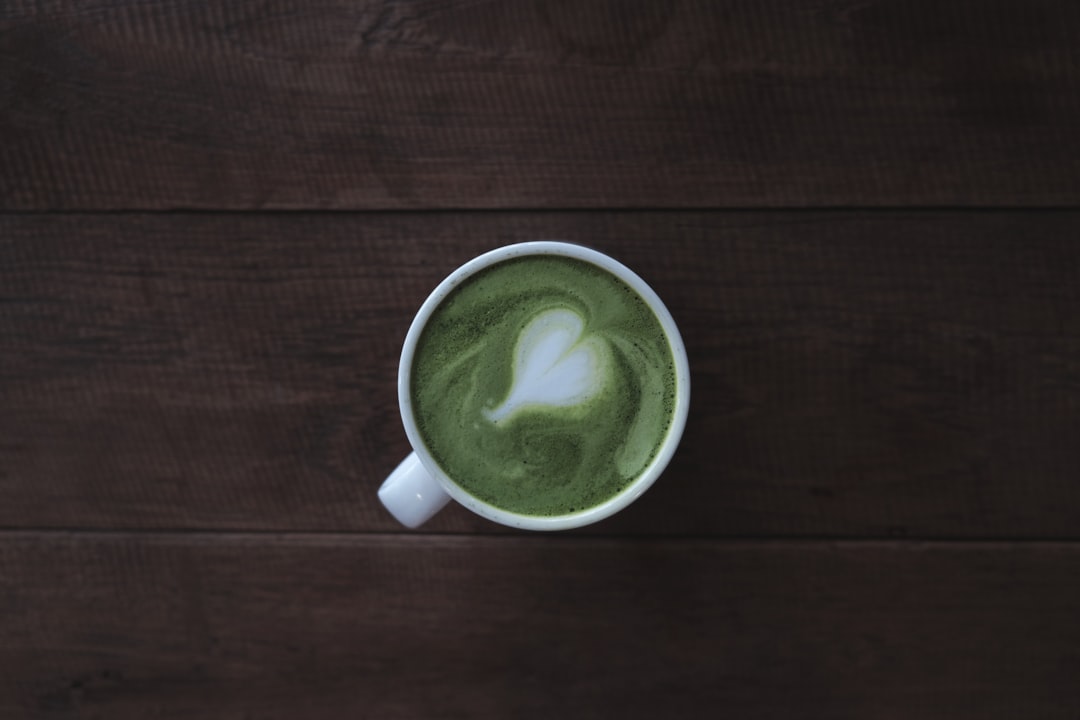

How Machine Learning Can Help Your Organization
This experiment is fun, but the real purpose we built it was to explore the many ways we can harness machine learning to revolutionize content creation for all kinds of content platforms. How could it help your organization?
Learn More